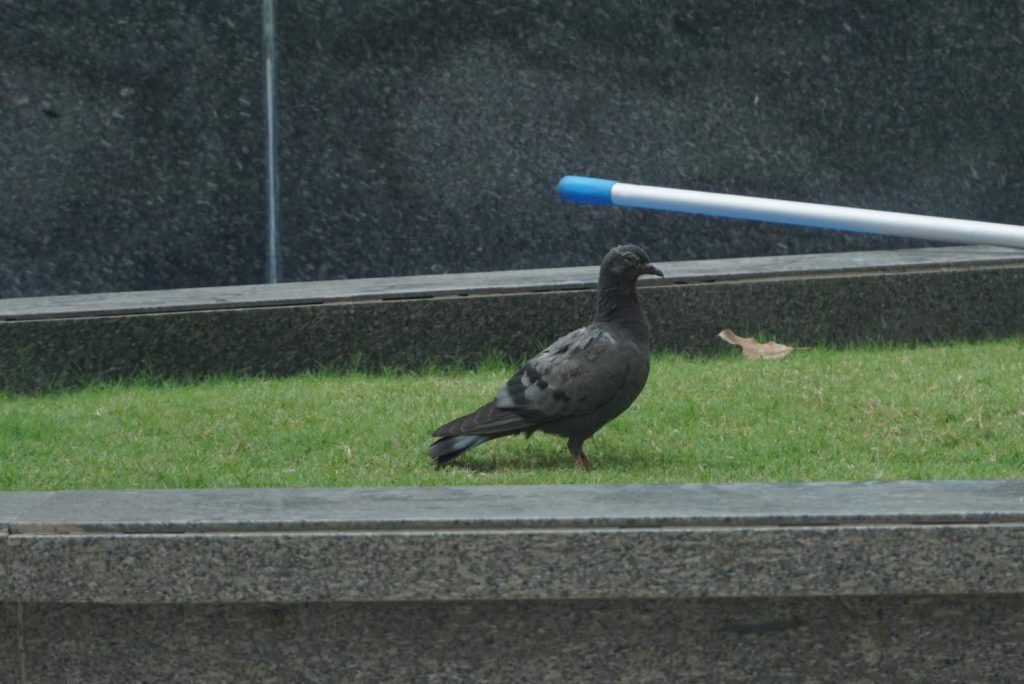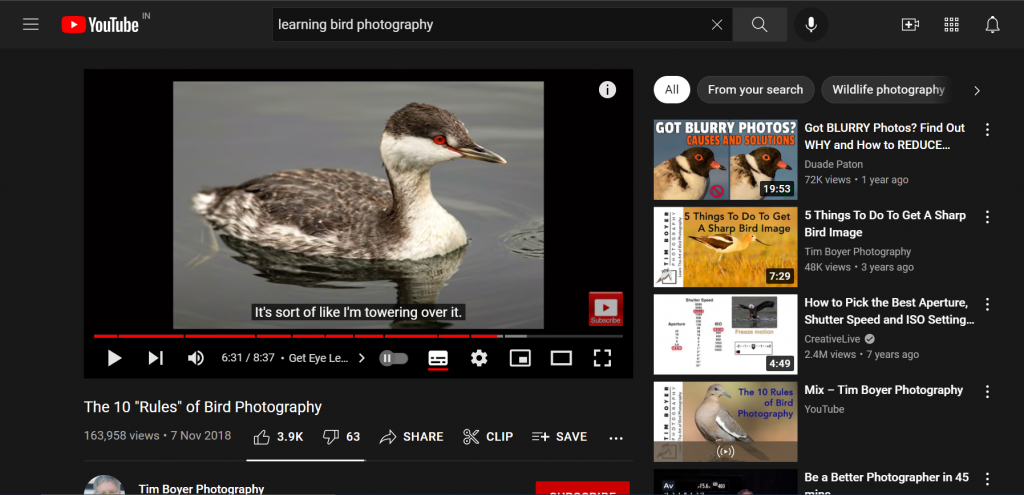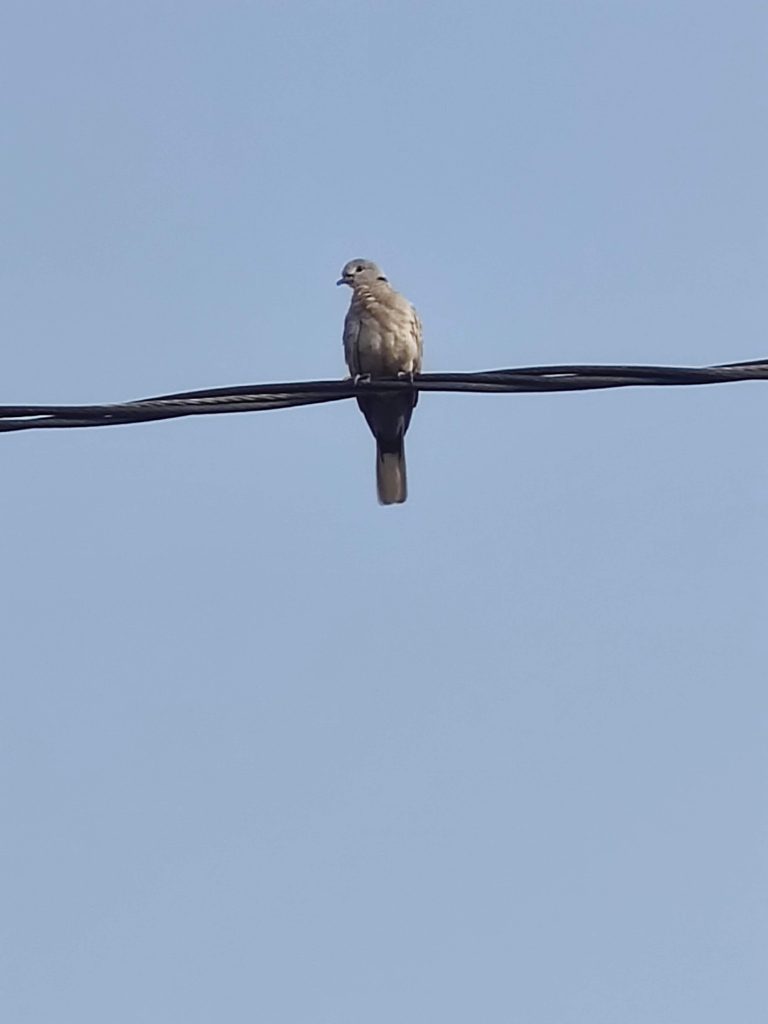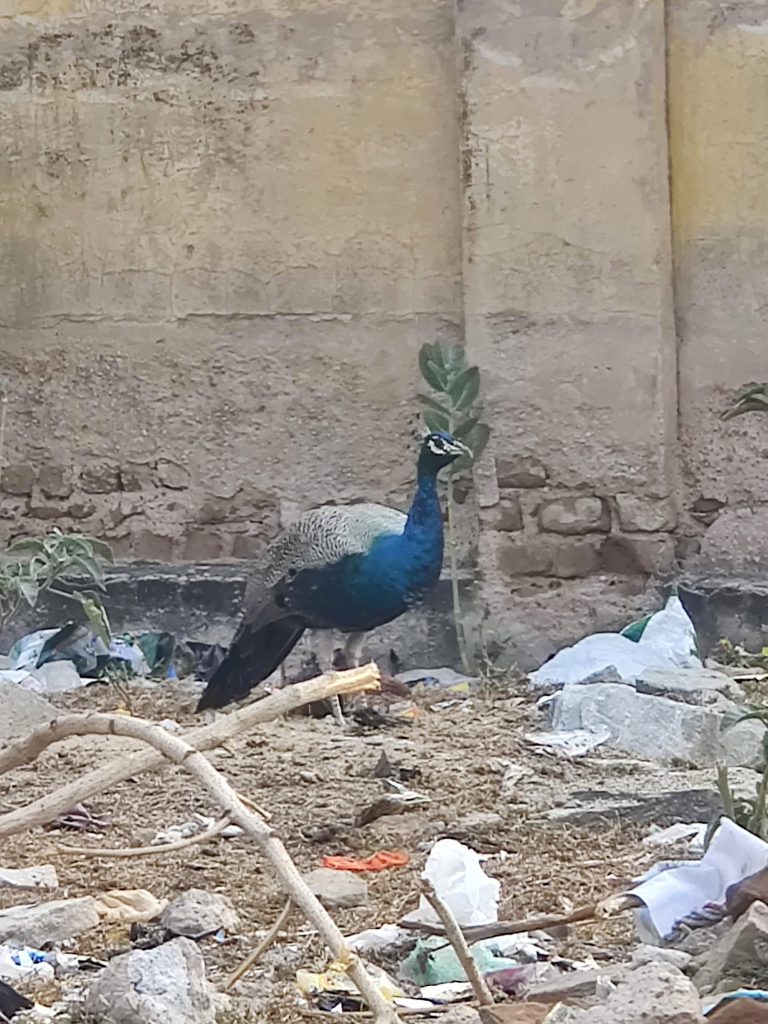I have always had a soft spot for birds. They always make me calm whenever I see them in the wild. Due to pollution and deforestation, however, it is getting more and more challenging to see them in the urban landscape. So when I was in the 3rd grade, my then-principal, Mr G.R. Sivakumar, took the whole grade to a swamp nearby. As a kid back then, I was exhilarated to miss the teaching slots. I didn’t know much about what we would do there, but I was excited nonetheless. I saw a massive pair of binoculars and a camera with a long lens when I got there. They told me that we were just going to observe birds, which puzzled me because, in my opinion, such a simple task didn’t call for such expensive equipment. I was proved wrong almost immediately. Our guide used his binoculars to locate different species of birds and then used his camera to click a beautiful image. This left a strong impression on me. Recently I came across a person my age who is a professional in bird photography, and I was inspired by him to try it for myself. So I decided to learn bird photography to preserve my memories of birds and the feelings I associate with them.
Learning Objectives:
LO1: Identify your strengths and develop areas for personal growth.
As I was entirely new to bird photography with no experience in photography, I was overwhelmed at first. But with the help of YouTube channels like Paul Miguel, I was able to identify my strengths and weaknesses. My strengths were that I had a lot of patience, a crucial quality required in bird photography. I also had stable hands, which made freehand photos very sharp. But I had many weaknesses, too, such as the fact that I wasn’t quick with my hands, causing me to lose a lot of great photo opportunities. I also made a lot of noise when moving closer to birds, alarming them and causing them to fly away.
LO2: Demonstrate that challenges have been undertaken, developing new skills in the process.
Learning Bird Photography poses many challenges as it combines both Birding and Photography, things that are difficult enough themselves. At first, I struggled to find a subject to photograph in the city. Due to pollution and mobile signals, the number of birds has drastically decreased. The Summer heat is also causing the birds to stay inside. So I had to adapt and study the times when the birds would come out. I also hadn’t used a camera before. But online tutorials by Tim Boyer helped me
LO3: Demonstrate how to initiate and plan a CAS experience.
As Bird photography can only be done during certain times, like early mornings, it took a lot of planning for me to adjust my schedule accordingly. The uncertainty of Bird Photography meant that some days, it might take 15 minutes to click a good photo, but other days, it took an hour. I also had to note the numbers of several Bird Observers, which I found online, to ask them for advice in finding birds to photograph.
LO4: Show commitment to and perseverance in CAS experiences.
As I said earlier, Bird Photography requires a lot of patience, calmness, skills and time. Most people find it too much of a hassle to give so much for just a good photo. But the satisfaction I get when I click a good photo is invaluable to me and it helps to keep ongoing.
LO6: Demonstrate engagement with issues of global significance.
Rapid Urbanisation and deforestation, along with pollution, resulted in the loss of bird habitats. So Birds Photography symbolises a last stand effort to educate the public, spread awareness about birds and stop further destruction of these creatures.
In conclusion, learning bird photography has been an enlightening experience for me and greatly helped me capture my memories of the birds along with the feelings I associate with them.
Evidence:





